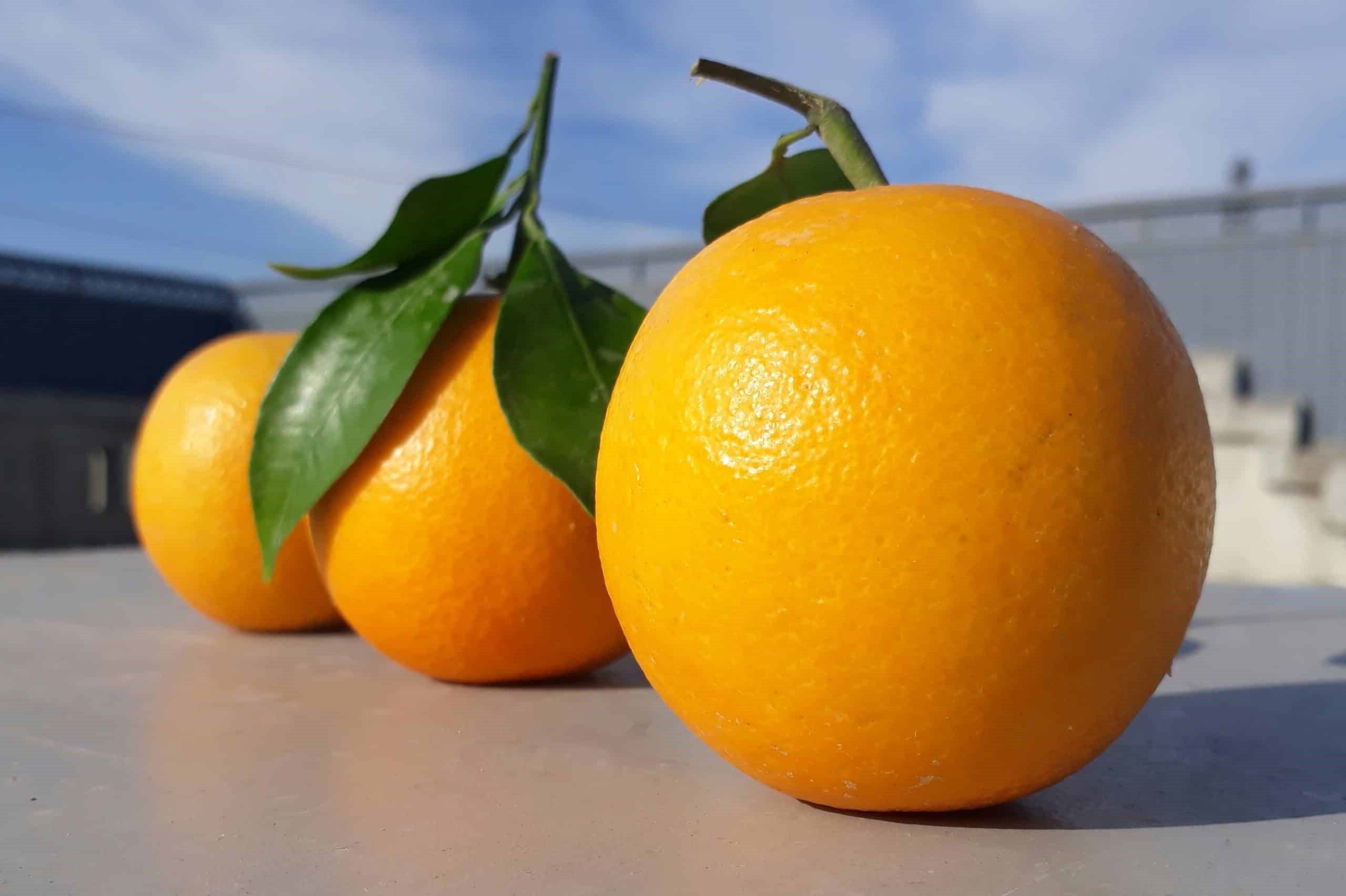The Unexpected History Behind The Word Orange

Have you ever wondered why the fruit and the color share the same name? The history behind the word orange is more intriguing than you might think. It all starts with the fruit, which made its way from Asia to Europe. The name for the fruit came from the Sanskrit word "nāraṅga," which traveled through Persian and Arabic before reaching Old French as "pomme d'orenge." Eventually, English speakers dropped the "pomme" part, leaving just "orange." Interestingly, the color didn't have a specific name in English until the fruit became popular. Before that, people just called it "yellow-red." Curious to learn more? Let's dive into this colorful history!
The Origin of the Word "Orange"
The word "orange" has a fascinating history that spans continents and centuries. Let's take a look at the journey of this vibrant word.
- Sanskrit Roots
The word "orange" can be traced back to the ancient Sanskrit word "nāraṅga," which referred to the fruit. Sanskrit, an ancient language of India, is the root of many modern languages.
- Persian Influence
From Sanskrit, the word traveled to Persian, where it became "nārang." Persian traders played a significant role in spreading the fruit and its name across different regions.
The Word's Journey Through Europe
As trade routes expanded, the word "orange" continued to evolve. Here's how it made its way through Europe.
- Arabic Adaptation
The Persian "nārang" was adopted by Arabic speakers, becoming "nāranj." The Arabs were instrumental in introducing the fruit to Europe during the Middle Ages.
- Old French Transformation
When the fruit reached France, the Old French language adapted "nāranj" to "pomme d'orenge." Over time, "pomme" (apple) was dropped, and the word "orenge" remained.
The Color Connection
Interestingly, the word "orange" was used for the fruit long before it described the color. Here's how the transition happened.
- Middle English Adoption
In Middle English, the word "orenge" was borrowed from Old French. It wasn't until the 16th century that "orange" began to be used to describe the color of the fruit.
- Color Naming
Before "orange" became a color, people referred to the hue as "yellow-red" or "geoluhread" in Old English. The fruit's popularity eventually led to the color being named after it.
Modern Usage and Influence
Today, "orange" is a common word in many languages, but its journey is a testament to the interconnectedness of cultures.
- Spanish and Italian Variations
In Spanish, the word for orange is "naranja," while in Italian, it's "arancia." Both languages reflect the word's Arabic and Persian roots.
- Global Spread
The word "orange" has been adopted by many languages worldwide, each with its unique twist. This global spread highlights the fruit's significance and the word's adaptability.
The history behind the word "orange" is a vivid example of how languages evolve and influence each other. From ancient Sanskrit to modern English, the journey of this word is as colorful as the fruit itself.
The Colorful Tale of Orange
The history behind the word orange is more fascinating than many realize. Originating from the Sanskrit word "nāraṅga," it traveled through Persian and Arabic before reaching Europe. Initially, the fruit was called "naranja" in Spanish, which evolved into "orange" in English. This journey highlights the rich cultural exchanges that have shaped our language.
Understanding the origins of words like orange adds depth to our everyday vocabulary. It reminds us that language is a living entity, constantly evolving and influenced by various cultures. Next time you see an orange or use the color in your art, think about its long, winding path through history.
This story of the word orange is a testament to the interconnectedness of human societies. It shows how something as simple as a fruit can bridge gaps between different cultures and eras.

